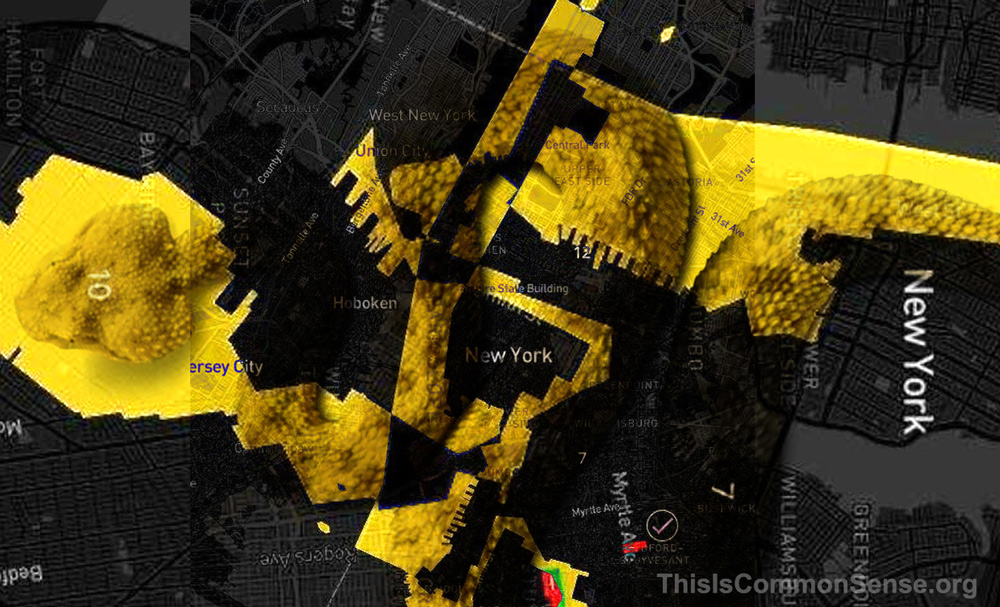Fifty-one Democrats have left the Republic — er, State — of Texas.
Well, 51 Democratic state legislators have run past the border, all to prevent a redistricting scheme. They constitute a minority in the House, but without them a quorum cannot be reached.
Think of it as a form of filibuster.
Or “voting with their feet.”
“Texas House Speaker Dustin Burrows announced that a quorum had not been met after roll call,” an Epoch Times article tells us, going on to say that “House members then approved a motion for the speaker to sign warrants ‘for the civil arrest’ of the members who said they would not be there.”
Since the fleeing pols are in other states, I don’t see how that can work out.
Meanwhile, New York Governor Kathy Hochul has taken her fellow Democrats’ side and said that she would re-district New York in favor of Democrats. “We’re not going to tolerate our democracy being stolen in a modern-day stagecoach heist,” she said, using a colorful metaphor.
Other Democratic states have fallen in line, upgrading the gerrymandering crisis from heist to feud.
Twenty-five years ago I wrote that “courts have struck down districts drawn to get a certain racial outcome, but have turned a blind eye to districts that arbitrarily favor one party over another. The solution to incumbents monopolizing our elections is term limits. But another key factor in promoting democracy is to stop the politicians from drawing rigged districts that squelch competition.”
Term limits sure would help, by de-stabilizing the “property rights” the two parties feel in their favored districts with old hands firmly tied to their estates.
It’s the wild, wild worst out there.
This is Common Sense. I’m Paul Jacob.
Illustration created with Krea and Firefly
—
See all recent commentary
(simplified and organized)





